Onion Omega2 IoT Computer
The Omega2 IoT computer is one of Onion’s Linux-based WiFi development boards designed to enable makers of all skill levels to build connected hardware applications. Plug in your Omega, and it will boot the operating system right away, allowing you to develop in your favorite programming language, create web applications and interface with a variety of hardware with minimal time and effort spent getting started.
At the core of the Omega2 is the MT7688 SoC, which features a 580MHz MIPS CPU, supports 2.4 GHz IEEE 802.11 b/g/n WiFi as well as 10M/100M wired Ethernet network connectivity, and operates at 3.3V. The Omega2 comes with 64MB of DDR2 DRAM memory and 16MB of onboard flash storage.
The Omega was built to interact with other hardware, so it has a wide variety of hardware interfaces. It has dedicated pins for USB 2.0 and Ethernet, as well as 12 GPIO pins that can be controlled by the user. These GPIOs can support the I2C, UART and SPI serial communication protocols.
The Onion Omega boards we carry are separated into three different categories: Mainboard, Dock and Expansion Board. This board falls into the Mainboard category, which means it is highly encouraged that you pick up a Dock since the Onion Omega utilizes a 2mm header instead of a standard 0.1".
- 580MHz MIPS CPU
- 64MB Memory
- 16MB Storage
- USB 2.0 Support
- 2.4GHz b/g/n WiFi
- 3.3V Operating Voltage
- 12 GPIOs
- Support for UART, I2C, SPI
Onion Omega2 IoT Computer Product Help and Resources
General-Purpose Configuration Script
Onion just released (12-4-18) an OS update with a simple configuration script. For more details, check out Onion's 2-Bullet Tuesday blog post:
Hard reset using Setup Page:
I had a customer having boot issues. Without being able to work around it, he found that he was able to reset the module by pulling up the setup page using:
192.168.3.1/setup-wizard/
Resources and Going Further
For more example projects and tips, check out the Onion's 2-Bullet Tuesday tutorials:
Core Skill: Programming
If a board needs code or communicates somehow, you're going to need to know how to program or interface with it. The programming skill is all about communication and code.
Skill Level: Rookie - You will need a better fundamental understand of what code is, and how it works. You will be using beginner-level software and development tools like Arduino. You will be dealing directly with code, but numerous examples and libraries are available. Sensors or shields will communicate with serial or TTL.
See all skill levels
Core Skill: Electrical Prototyping
If it requires power, you need to know how much, what all the pins do, and how to hook it up. You may need to reference datasheets, schematics, and know the ins and outs of electronics.
Skill Level: Rookie - You may be required to know a bit more about the component, such as orientation, or how to hook it up, in addition to power requirements. You will need to understand polarized components.
See all skill levels
Comments
Looking for answers to technical questions?
We welcome your comments and suggestions below. However, if you are looking for solutions to technical questions please see our Technical Assistance page.
Customer Reviews
4 out of 5
Based on 1 ratings:
Excellent linux pc
I've been working with the omega for about two months and I love it! The setup is easy, I even already connected to the internet with a SIM800l. It is cloud enabled, but the service provided by the onion cloud is not so good, sometimes you get an answer from the server and sometimes you dont so it is not useful. But the hardware is great!

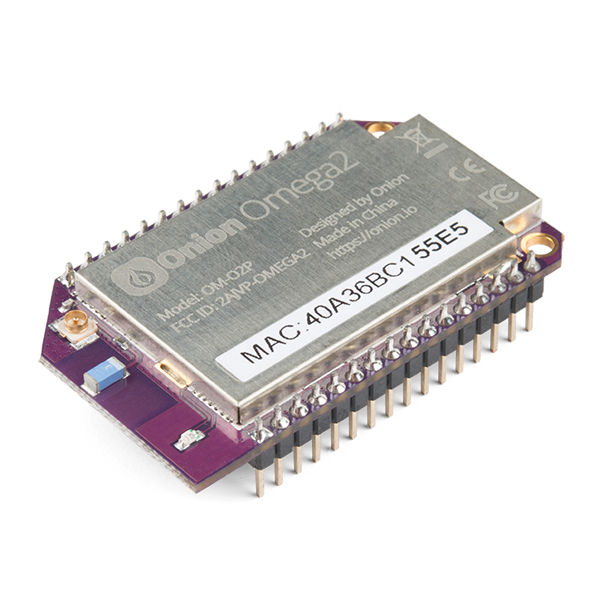
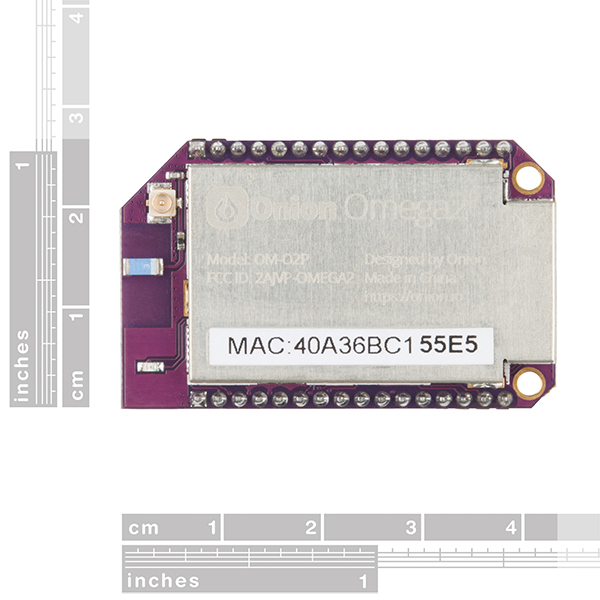
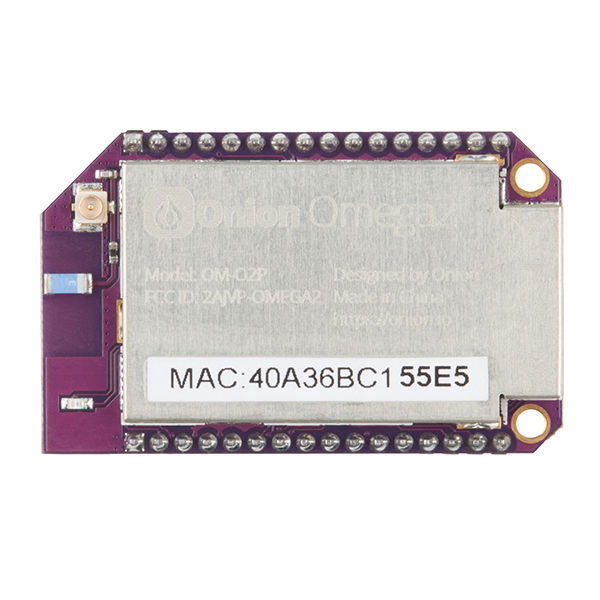
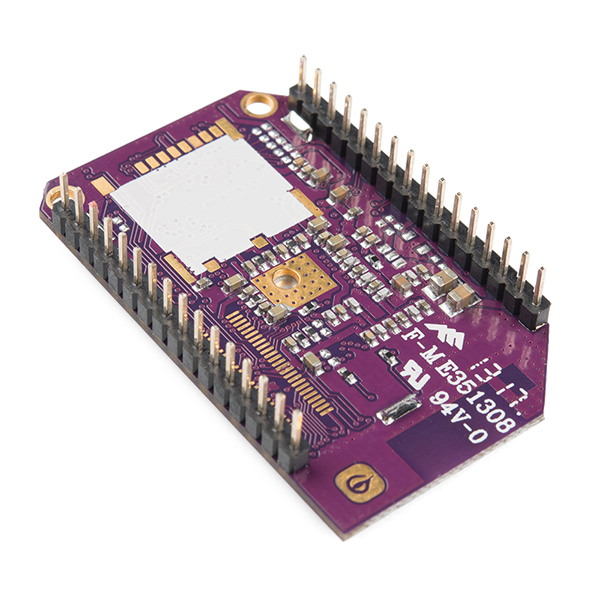
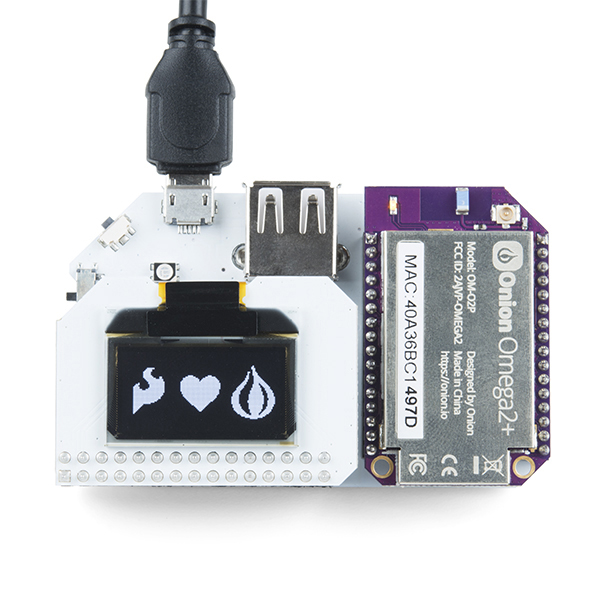
I'm disappointed that the headers on the Onion are not standard breadboard spacing -- you MUST buy the dock or use female-to-male header wires to attach it to a breadboard for prototyping. I missed the whole message at the end saying "the Onion Omega utilizes a 2mm header instead of a standard 0.1 inch" when I purchased. MY fault, not SparkFun, but wish this was a LOT more clear than a "oh, by the way" kind of comment in the description.